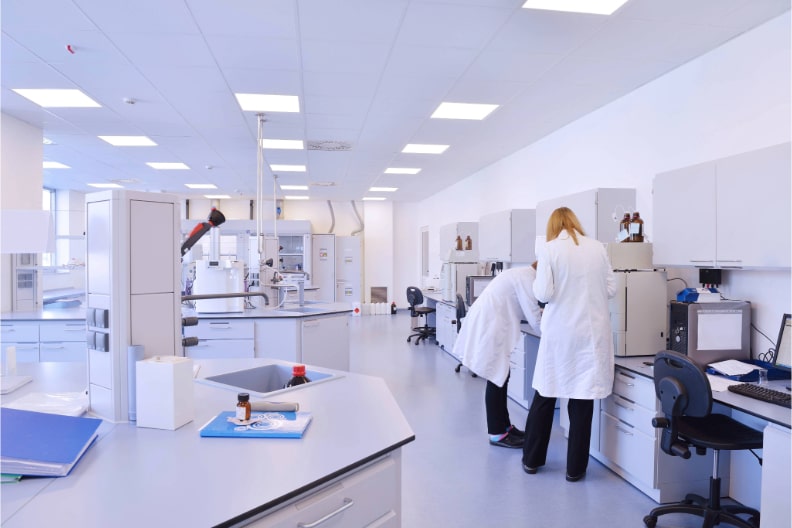Bioburden Testing

What is Bioburden and why is it analyzed?
Bioburden refers to the total number of bacteria, fungi and other microorganisms that may be present on the surface or inside medical devices. These microorganisms are:
- Can be caused by the production process: Materials, equipment or environmental factors used during production.
- Contamination during Transportation and Storage: Contamination during packaging or transportation.
Bioburden level is a critical parameter to determine the effectiveness of the sterilization method and to optimize quality control processes.
What are the Purposes of the Bioburden Test?
- Determination of Microbial Contamination Level: Measurement of the microbial load of the devices before sterilization.
- Verification of the Sterilization Process: The determined bioburden level helps to determine the appropriate sterilization method.
- Production Process Control: Detection of sources of contamination on the production line or in materials.
- Compliance with International Standards: Bioburden tests are required to verify compliance with regulations.</li
What are the Bioburden Test Methods?
- Membrane Filtration Method: Used for microbial load detection in liquid samples.
- Direct Seeding Method: It is applied by seeding samples taken from the surface of the device directly into the medium.
- Shaking and Extraction Method: Involves releasing the microorganisms in the device in a solution.
What are the Standards and Regulations for Bioburden Testing? Bioburden tests are strictly regulated by national and international standards. The most widely used standards:
- ISO 11737-1: specifies requirements for the measurement of microbial contamination in medical devices subjected to sterilization.
- ISO 11137: Contains standards for the verification and control of sterilization processes.
- FDA Guidelines: Regulates bioburden and sterilization requirements for medical devices in the United States.
Evaluation of Test Results
The results of the bioburden test are used to evaluate the effectiveness of sterilization processes.
- High Microbial Load: May indicate a problem with the production or packaging processes.
- Low Microbial Load: Sterilization is more likely to be successful.
The results are integrated into the product risk assessment process and, if necessary, production processes are revised.
Bioburden testing is an indispensable step in ensuring the safety and efficacy of medical devices. This test contributes to minimizing the risk of infection by measuring the microbial load of devices prior to sterilization.
Producing sterile, safe and compliant medical devices is both an ethical responsibility and a legal obligation in the healthcare industry.
Bioburden testing plays a key role in achieving these goals.

